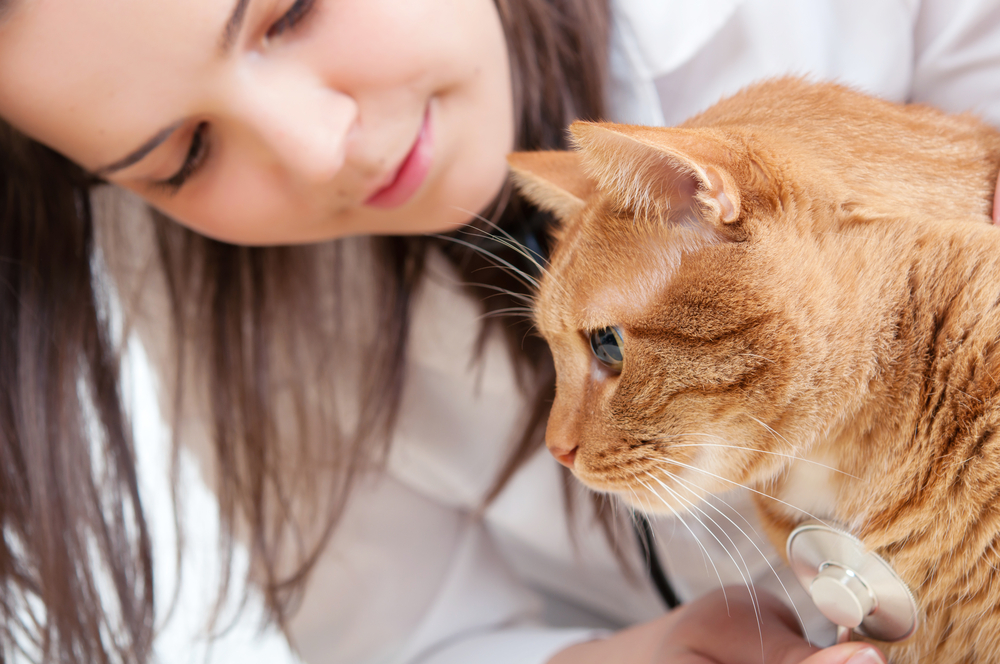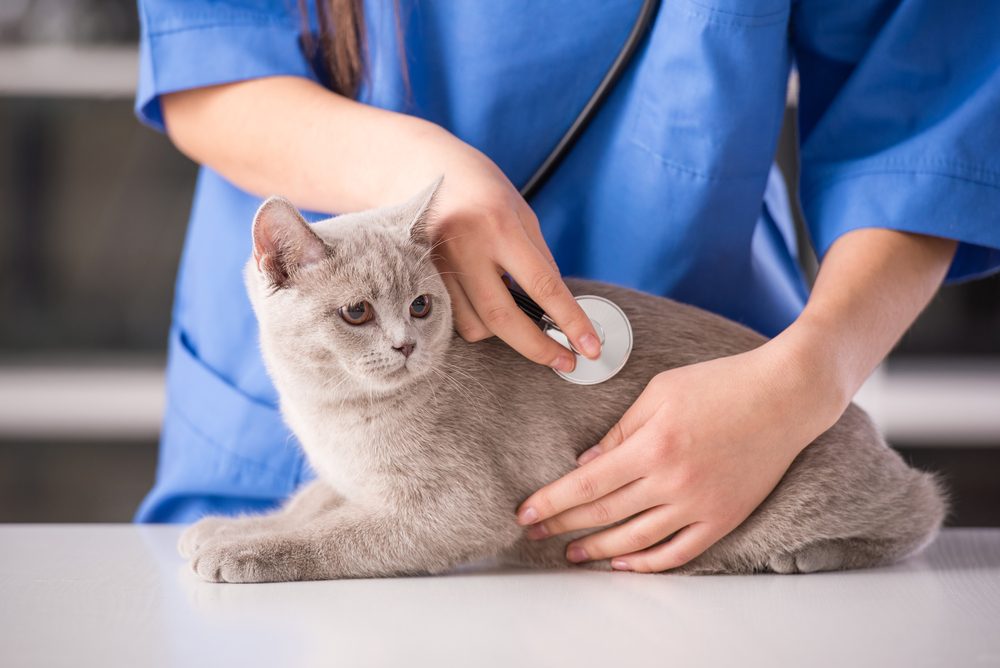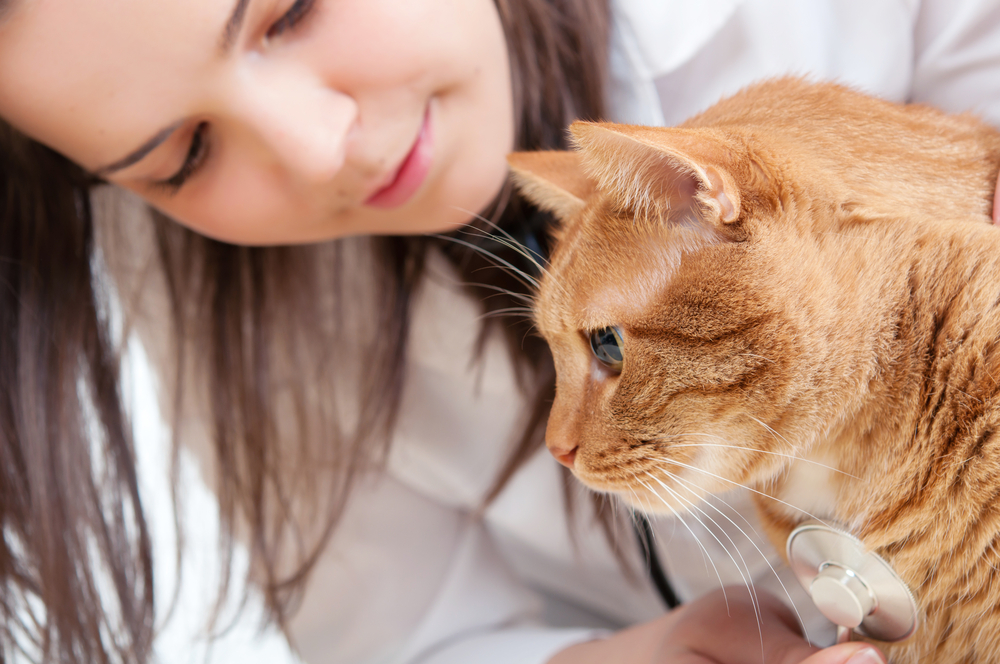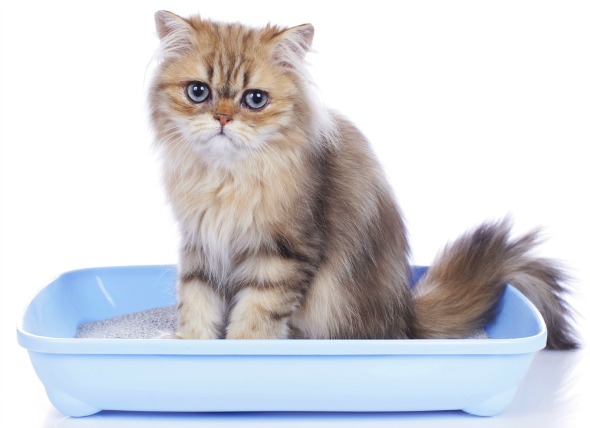
Inflammation of the bone or bone marrow is called osteomyelitis. This most commonly occurs due to bacterial infections, but also shows up rarely as a fungal infections. Inflammation may be due to an acute (sudden) infection, or to a chronic infection. Infections from other areas of body may reach the bones or bone marrow through the bloodstream, or the infection may come from another infection that is close in proximity to the bone. Another common cause of such infections is road-side accidents or injuries involving the bone and soft tissues. Patients that have undergone surgical implants or other bone surgeries may also acquire a subsequent infection.
You will need to give a thorough history of your cat's health, onset of symptoms, and possible incidents that might have led to this condition. The history you provide may give your veterinarian an idea of whether this condition is acute or chronic. If the infection has gone undiagnosed for any length of time, the presence of new bone growth over the site of the infected bone will be an indication of its duration.
Your veterinarian will perform a thorough physical exam on your cat, including a chemical blood profile, a complete blood count (CBC), and a urinalysis. The results of this lab work will usually reveal an underlying infection and level of immune system response to existing infection. If a fungal infection is suspected, special testing may be required to isolate and identify the causative fungal organism. X-rays of the affected bones may show evidence of chronic infections, with changes in bone structure. Changes may present as bone resorption, widening of the fracture gap, and other such abnormalities. Ultrasound imaging will give your veterinarian a better view of the bones, which may show accumulations of pus in the bone. The doctor will then be able to utilize the ultrasound in order to take a sample of fluid and pus from the infection site for further laboratory analysis and culturing. Once the culture has isolated the specific organism that is causing the infection, your doctor will know the course to take in eradicating the bacteria.
In some cases surgical biopsy of the bone may be conducted for further confirmation. In case of systemic infections, your veterinarian will collect a blood sample and grow the causative organism within the sample in order to find the most suitable antibiotic drugs for treatment.
If your cat has wounds, the first thing your veterinarian will do is irrigate the wound. The wound will need to be cleaned of dead tissue in order to provide a space for the pus to drain. Antibiotic therapy will be started, which may continue for a long period of time until the infection has been fully resolved.
If there is a fracture in the bone, your veterinarian will stabilize it to prevent further damage to the surrounding tissues and bone. Surgery to stabilize the fracture, and implants or other fixation material may be used, depending on the location and severity of the fracture. If the fracture is severe, there is a chance that the infection will spread to other parts of body. This will need to be taken into account, especially if there is too much damaged bone or tissue damage. In some cases amputation of a digit, tail, or limb may be a more practical solution, and a more effective strategy for saving the life of your cat.
If an implant is placed, your veterinarian will remove it after the fracture and wound have healed. Follow-up care generally involves x-ray examinations at regular intervals in order to monitor the progress of treatment.
Your cat's activity will need to be restricted during the treatment and healing phase. The bone will remain unstable for some time, and in the case of amputation, your cat will need to learn to compensate for the loss of the limb. Depending on the severity of the infection, treatment can be a costly and long-term process.
Acute cases respond well as opposed to chronic cases, which require long-term therapy along with surgical intervention. If the infection is not responding well to antibiotic treatment, your veterinarian will take additional samples to determine a more suitable antibiotic. Similarly, if the fracture is taking too long to stabilize, another round of surgery may need to be performed.
You will need to revisit your veterinarian at regular intervals so that your doctor can follow your cat's progress through laboratory testing and x-ray examinations. Follow your veterinarian's guidelines strictly, giving medication only at the prescribed time and only in the exact prescribed dosage. Missing the dosage or changing the dosage of antibiotics may lead to treatment failure and further complications.
As movement will need to be restricted until the fracture is fully stabilized and the infection controlled, you will need to keep your cat in a stress free environment, away from active children and other pets. Cage rest may be an option, with a litter box close enough so that your cat does not need to make an effort to reach it. In addition, good nutrition during this time will ensure rapid healing. Ask your veterinarian for suggestions regarding foods and supplements to promote bone healing.
The final prognosis depends on the location of the infection, the extent of the problem, the type of fracture, the type of infection, the surgical intervention that has been performed, and your cat's individual response to the treatment.
 Allergic Shock in Cats
Anaphylaxis in Cats
Anaphylaxis is an emergency c
Allergic Shock in Cats
Anaphylaxis in Cats
Anaphylaxis is an emergency c
 Anal Gland Cancer in Cats
Adenocarcinoma in Cats
While anal gland/sac cance
Anal Gland Cancer in Cats
Adenocarcinoma in Cats
While anal gland/sac cance
 Tick Paralysis in Cats
Tick Bite Paralysis in Cats
Tick paralysis, or ti
Tick Paralysis in Cats
Tick Bite Paralysis in Cats
Tick paralysis, or ti
 Overproduction of Red Blood Cells in Cats
Polycythemia in Cats
Characterized as an abnormal
Overproduction of Red Blood Cells in Cats
Polycythemia in Cats
Characterized as an abnormal
 Urinary Tract Obstruction in Cats
If your cat is straining to urinate and producing
Urinary Tract Obstruction in Cats
If your cat is straining to urinate and producing
Copyright © 2005-2016 Pet Information All Rights Reserved
Contact us: www162date@outlook.com